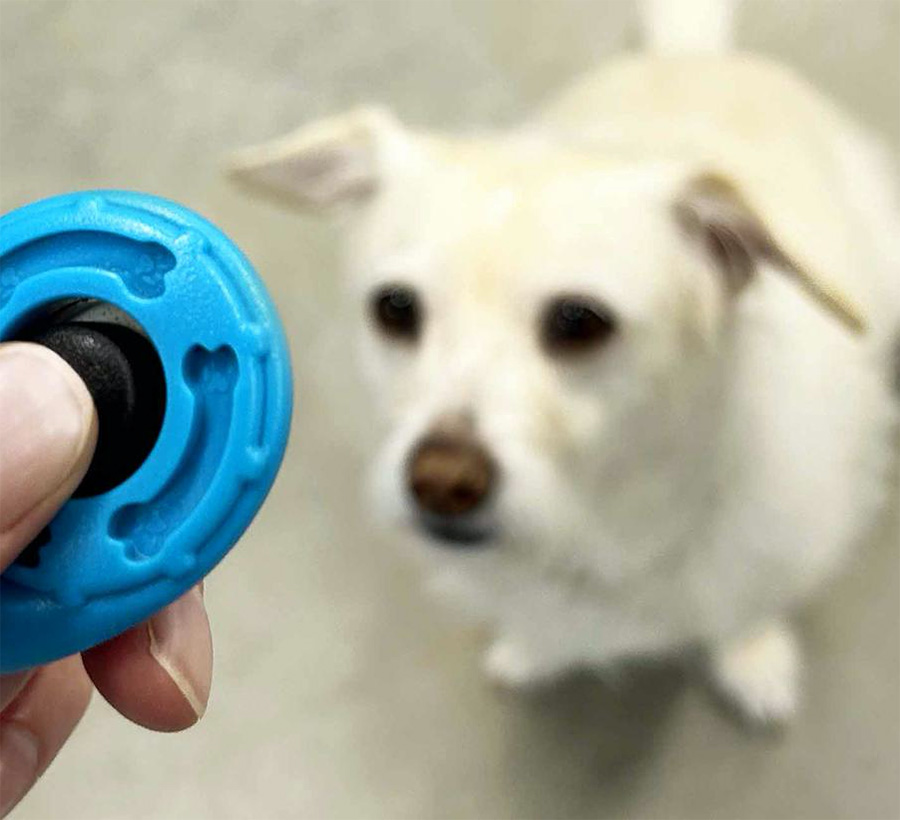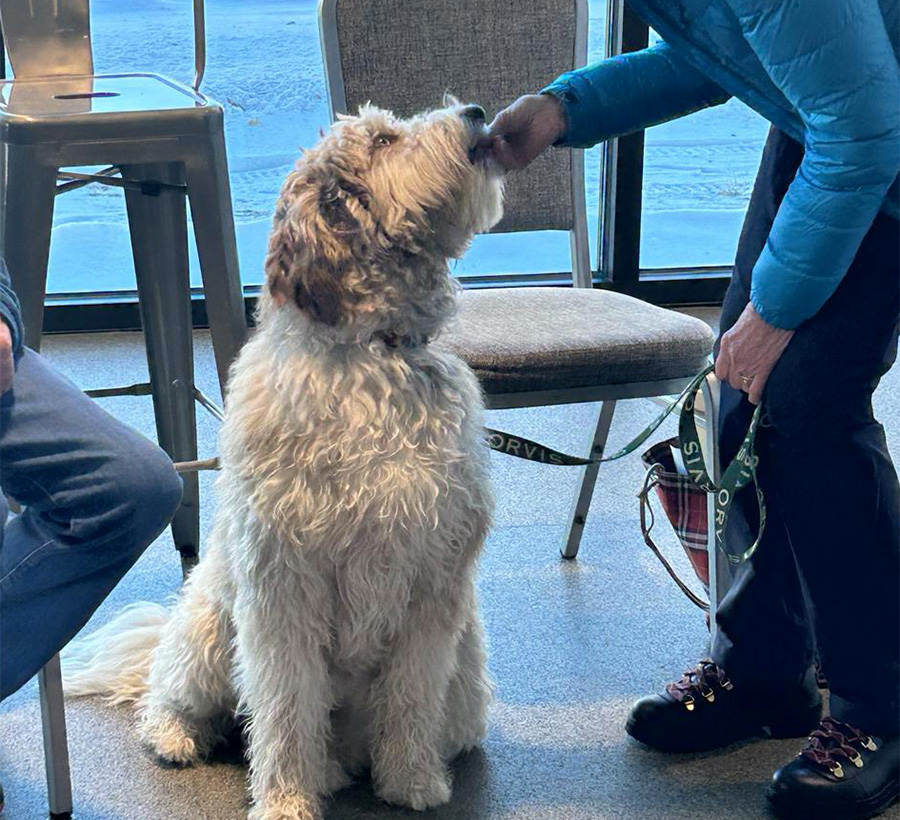Training Tips
Why Does My Dog Bark?
If you feel your pup is barking too much, the first question, "Why are they barking?" is the best place to start solving the problem. It's the classic iceberg metaphor. The tip of the iceberg is what you see your dog doing, such as barking. We can't see the "why" and everything happening with our dog's brain. It's much larger and more complex than the tip.
Let's examine the "why" of various behaviors; how have they been reinforced (i.e., why do they keep happening)? Then, we can adjust our training plan to accommodate and strengthen behaviors we would like to see. Studies have shown a dog's willingness to train increases when we find ways to reinforce what we want instead of punishing what we don't like. Think back to when you were learning something new. If someone only told you "no," you'd get frustrated quickly and even give up. If someone told you "yes" or "almost," you'd likely get excited and continue learning.
We can apply this thinking to our dogs (and even cats). For example, if your dog sees the mailman and barks at them, train them to go to their bed or grab a toy everytime they see the mailman. This gives you an alternate behavior that you can reinforce. Perhaps your dog is barking out of fear, in this case, start pairing what they are fearful of with a yummy treat. You won't be reinforcing the barking, instead you'll be changing their emotional state which reduces the barking as the "scary" thing becomes more fun.
Contact the Mountain Humane behavior team at behavior@mountainhumane.org. We are happy to provide positive training tips to create a lasting change in your pet's behavior.
Additional resources
Mountain Humane Dog Training Classes and Private Training
More Training Tips You May be Interested In
Train Faster by Adding in a Reward Marker!
What is a reward marker? A reward marker can be any word or sound to indicate that a reward, such as a treat, is coming.
Making Eye Contact with Your Dog
Establishing eye contact is a key skill. Teach your dog to make eye contact by giving rewards when they do it on their own, or by luring the behavior with a treat.
Decompression – Do Animals Need It?
The rule of 3 states to expect behavior changes (good or bad) after adopting an animal after 3 days, 3 weeks, and then 3 months while the animal gets used to their new home.
How to Tell if a Cat is a Stray?
Reclaim rates for stray cats in most communities across the country teeter at about 5%. Those cats tend to have microchips with up-to-date contact information.
My Cat is FIV+, What Does That Mean?
FIV stands for Feline Immunodeficiency Virus: A feline-specific virus that attacks a cat’s immune system leaving them more vulnerable to secondary infections.




